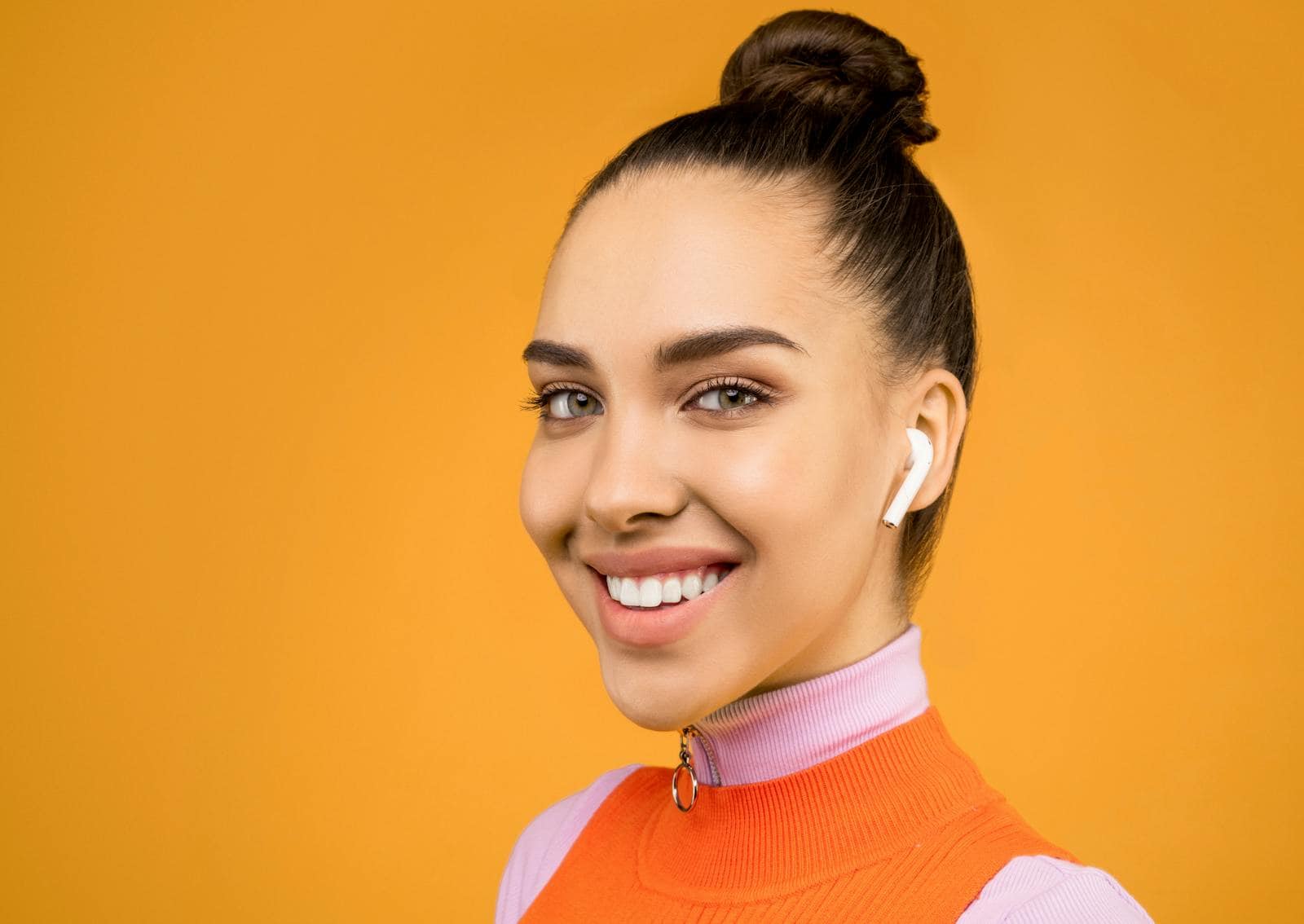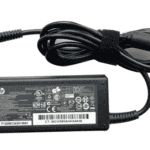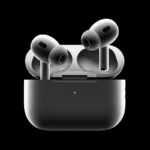Wondering if your favorite wireless earbuds are flight-friendly? Many travelers are unsure about the rules for using wireless devices like AirPods on planes. You can use AirPods on a plane, but you need to follow airline regulations about when Bluetooth devices can be used during flight. Most airlines allow passengers to use AirPods and other Bluetooth headphones once the plane reaches cruising altitude.
Before taking off, travelers should make sure their AirPods are fully charged and paired with their device. Having a backup wired option is smart too, since some in-flight entertainment systems don’t support Bluetooth connections. It’s also helpful to know that AirPods are classified as personal electronic devices (PEDs), which the FAA has determined can be used safely during flights.
For the best experience, travelers can turn on airplane mode while keeping Bluetooth active. This follows airline requirements while still allowing AirPods to connect to devices. Many passengers enjoy using their AirPods to listen to music, watch movies, or block out cabin noise during long flights.
How to Use AirPods on a Plane
Yes, You Can Use AirPods While Flying
AirPods are perfectly safe to use during a flight—as long as you’re following airline rules. Once your device is in Airplane Mode, you can manually toggle Bluetooth back on to connect your AirPods. Most airlines allow this after takeoff, though some may ask that all wireless connections be disabled during departure and landing. When in doubt, just follow the crew’s instructions.
Pairing with Your Own Devices
Using your AirPods with a phone, tablet, or laptop is the most straightforward option. Here’s how to get the best experience:
1. Set Your Device to Airplane Mode
Once you’re seated, switch your device to Airplane Mode. Then, head into Bluetooth settings and manually enable Bluetooth. This setup lets you pair with your AirPods without turning on cellular or Wi-Fi.
2. Connect Your AirPods
Your AirPods should automatically connect if they’re already paired. If not, open the case near your device and press the button on the back to initiate pairing. The AirPods Max pair using the noise control button instead.
3. Download Content Before the Flight
Airline Wi-Fi can be unreliable or pricey, so download your movies, shows, podcasts, and playlists ahead of time. It also helps to put your apps in offline mode to conserve battery.
4. Use Noise Control Features
AirPods Pro and AirPods Max feature Active Noise Cancellation (ANC) and Transparency Mode. ANC blocks out ambient noise—perfect for engine hum and crying babies—while Transparency Mode lets you hear announcements without removing your earbuds.
How to Use AirPods with In-Flight Entertainment Systems
Most airplanes still use 3.5mm headphone jacks for their seatback screens, making them incompatible with wireless earbuds like AirPods. But there’s a workaround.
Use a Bluetooth Adapter
A Bluetooth transmitter like the AirFly, Taotronics Bluetooth 5.0 adapter, or Twelve South’s AirFly Pro plugs into the headphone jack and wirelessly transmits audio to your AirPods. These devices are compact, easy to use, and often include dual ports for two pairs of headphones—ideal if you’re flying with someone else.
To connect:
- Plug the Bluetooth adapter into the seat’s audio jack.
- Turn on pairing mode on the adapter.
- Put your AirPods in pairing mode by opening the lid and pressing the back button until the light flashes white.
- Wait for the adapter and AirPods to connect (usually within a few seconds).
Some adapters include built-in volume controls or even a passthrough USB-C charging port so you can charge while you listen.
Battery Tips for Long Flights
Battery management is key during travel, especially on longer flights.
- Fully charge your AirPods and their case before departure.
- Keep a charging cable and power bank handy for layovers or mid-flight top-ups.
- If you’re using a Bluetooth adapter, charge that too—most have 15–20 hours of runtime, but it’s better to be safe.
- To conserve AirPods battery, switch between ears if you’re listening casually or trying to sleep.
Helpful Accessories for Flying with AirPods
Magnetic Anti-Loss Straps
These lightweight straps connect to each AirPod and loop around your neck—perfect for preventing them from falling out or getting lost during naps, turbulence, or bathroom breaks.
Protective Travel Case
A hard-shell or leather case can protect your AirPods from getting scratched or crushed in your carry-on. Some even have storage compartments for charging cables or a Bluetooth adapter.
Memory Foam Ear Tips
If you have AirPods Pro, swapping out the default silicone tips for memory foam versions can improve comfort and passive noise isolation—especially useful for long-haul flights.
What About AirPods Max?
The over-ear AirPods Max work similarly, but with a few key differences:
- You can use a Lightning-to-3.5mm cable to plug directly into the in-flight system (but they’re still not “fully wired” like traditional headphones—the analog-to-digital conversion happens inside the headphones).
- They support noise cancellation and spatial audio, making them ideal for immersive movies.
- Battery life is solid, lasting up to 20 hours with ANC enabled.
For AirPods Max owners who don’t want to deal with cables, a Bluetooth transmitter is still the most convenient option.
Airline-Specific Policies You Should Know
Bluetooth headphones are generally allowed once your flight reaches cruising altitude. However, individual airline policies may vary slightly:
- **United Airlines** – Bluetooth allowed after takeoff.
- **Delta Air Lines** – Supports personal Bluetooth devices, even allows pairing with some seatback screens on newer aircraft.
- **American Airlines** – Bluetooth is okay, but you’ll need your own adapter to connect to seatback entertainment.
- **Southwest, JetBlue, Alaska** – Bluetooth use permitted once in the air; just toggle it back on after switching to Airplane Mode.
Always listen for the cabin announcement and follow any instructions from the crew.
Enjoy Your Flight
Flying with AirPods is easier than ever—whether you’re watching your favorite show on the seatback screen or zoning out with a podcast. With a few affordable accessories and some simple preparation, you can upgrade your in-flight experience without wires, hassle, or compromise.
Key Takeaways
- AirPods can be used on planes but must be switched off during takeoff and landing on most airlines.
- Turning on airplane mode while enabling Bluetooth allows AirPods to work while following flight regulations.
- Always pack a backup wired option for in-flight entertainment systems that don’t support wireless connections.
Preparing Your AirPods for Flight
Getting your AirPods ready for air travel involves several important steps. Proper preparation helps ensure you can enjoy your music or movies without issues during your flight.
Ensuring Compatibility with In-Flight Entertainment
Most modern aircraft offer Bluetooth connectivity for their entertainment systems, but not all do. If you want to use AirPods with the in-flight entertainment system, bring along a Bluetooth transmitter adapter. These small devices plug into the standard 3.5mm headphone jack in your seat and transmit audio to your AirPods.
For older planes without Bluetooth capabilities, these adapters are essential. Popular models like the AirFly Pro can connect two sets of AirPods simultaneously, perfect for traveling companions.
Remember to fully charge the adapter before your flight. The adapter typically needs to be in pairing mode when connecting your AirPods, so review its instructions before departure.
Some airlines have begun offering dedicated apps that let you stream entertainment directly to your device, which can then play through your AirPods without additional adapters.
Maximizing Battery Life for Long Flights
AirPods typically provide 4-5 hours of listening time on a single charge, which isn’t enough for long-haul flights. Always fully charge both your AirPods and the charging case before heading to the airport. The charging case provides multiple full charges for your AirPods, extending listening time to around 24 hours total.
For extended flights, consider these battery-saving strategies:
- Use one AirPod at a time, alternating to charge the other
- Lower the volume (higher volumes drain battery faster)
- Turn off noise cancellation if using AirPods Pro or Max
- Keep Automatic Ear Detection enabled to pause playback when removed
Bring a portable power bank to recharge your case during the flight. Most airlines now offer USB ports at seats, but these can be unreliable or low-powered.
Remember to pack your charging cable in your carry-on bag for easy access during the flight.
Understanding Airline Regulations and Policies
The FAA permits Bluetooth devices like AirPods during flights, but specific rules vary by airline. Most major carriers allow AirPods after the aircraft reaches cruising altitude. You must put your device in Airplane mode first, then re-enable Bluetooth separately.
During takeoff and landing, flight attendants may ask you to remove your AirPods. This is for safety reasons – crew need to ensure passengers can hear emergency instructions.
When passing through airport security, you don’t need to remove AirPods from your ears or luggage during screening. The TSA doesn’t consider them large electronics that require separate screening. However, keep your charging case accessible if asked to demonstrate that they power on.
International flights may have different regulations depending on the country and airline. Check your specific airline’s website before traveling to avoid surprises.
Using AirPods During Your Flight
Flying with AirPods can make your journey more enjoyable. You can listen to music, watch movies, or block out cabin noise while staying wireless and comfortable.
Connecting to In-Flight Entertainment Systems
Most airplane entertainment systems still use 3.5mm headphone jacks, which AirPods can’t connect to directly. To solve this problem, travelers need a Bluetooth adapter like AirFly.
This small device plugs into the plane’s headphone jack and creates a Bluetooth connection for your AirPods. Here’s how to set it up:
- Plug the AirFly into the plane’s headphone jack
- Put the adapter in pairing mode
- Open your AirPods case near your iPhone
- Connect your AirPods to the adapter
Some newer planes now offer Bluetooth-enabled entertainment systems. These allow passengers to connect their AirPods directly without adapters.
The connection process varies between airlines. Delta, United, and American Airlines have different systems, so checking their websites before flying is helpful.
Optimizing Sound Quality and Comfort
AirPods Pro and AirPods Max offer active noise cancellation that works extremely well in airplane cabins. This feature blocks the constant engine noise, making flights more peaceful.
For best sound quality:
- Enable noise cancellation mode before takeoff
- Adjust the fit of your AirPods for a proper seal
- Consider lowering volume to protect hearing during long flights
Battery life is another important factor. A fully charged AirPods case provides multiple recharges, but for long-haul flights, bring a charging cable.
AirPods Pro typically last 4-5 hours with noise cancellation on. For longer flights, take short breaks to recharge them in their case.
Transparency mode can be useful when flight attendants make announcements or when ordering food and drinks.
Staying Compliant With Flight Regulations
Airlines allow AirPods and other wireless earbuds during flights, but passengers must follow specific rules. The FAA classifies AirPods as personal electronic devices (PEDs) with approved Bluetooth functionality.
During takeoff and landing:
- Keep your device in Airplane Mode
- You can use AirPods after reaching 10,000 feet
- Make sure Bluetooth is enabled while in Airplane Mode
To enable Bluetooth while in Airplane Mode:
- Turn on Airplane Mode
- Go to Settings and toggle Bluetooth back on
- Your AirPods will now work without cellular interference
International flights may have different regulations depending on the airline and country. Some airlines are stricter about wireless device usage, so always follow crew instructions when they ask passengers to adjust electronic devices.







